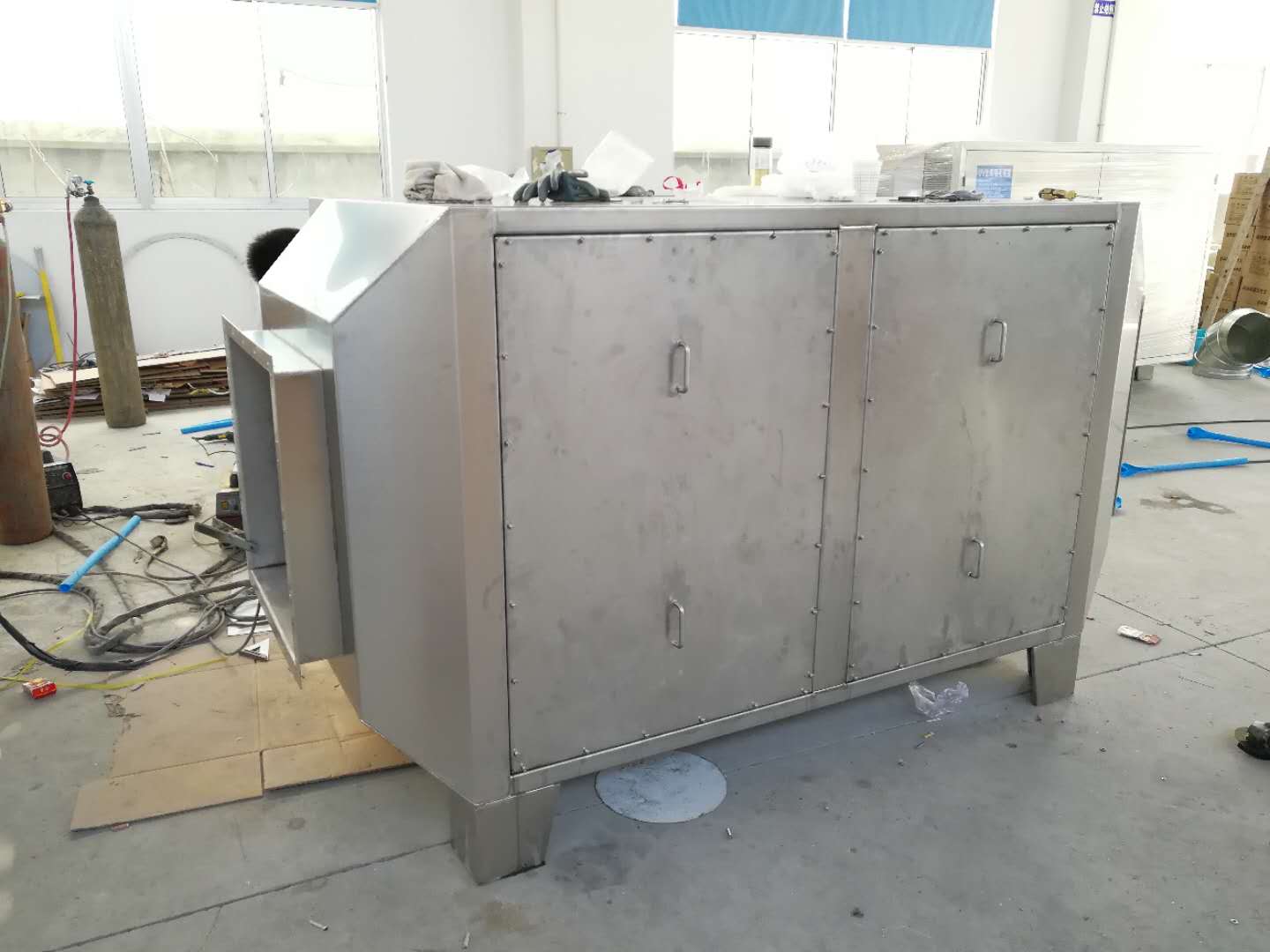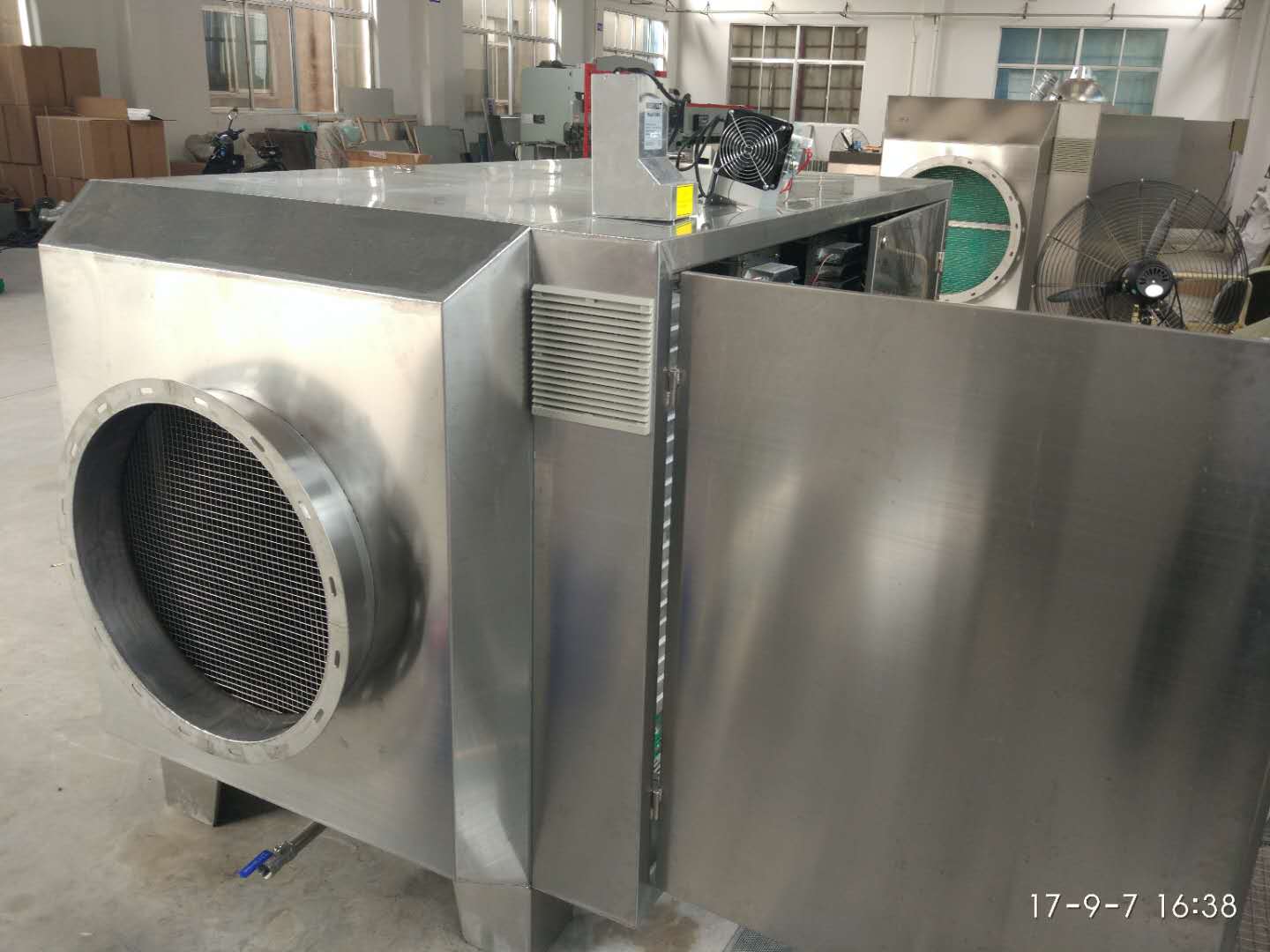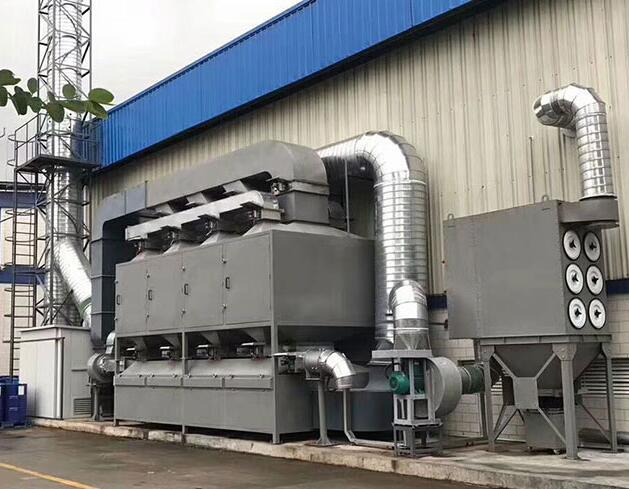Printing and packaging factories mainly produce printing products of various plastic films. Colored ink and organic dilute materials are widely used in production. The dilute materials (solvents) used in printing ink will emit a lot of volatile gases of toluene, ethyl acetate, butanone, isopropanol and non-methane. Especially in the process of printing drying, the volatilization of organic solvents accounting for 70% to 80% of the total amount of ink will produce a lot of VOCs.
Volatilization of ink not only causes waste of solvent, but also causes serious harm to workers and the surrounding environment. Therefore, effective air pollution in spraying industry has become an important problem to be solved to ensure the safe operation of enterprises and the health of personnel, improve the environment of workshops and factories, and meet the national environmental protection requirements.
The main waste gases in printing industry are toluene, ethyl acetate, butanone, isopropanol, non-methane total hydrocarbons, etc. The main treatment methods are spray tower + low temperature plasma, spray tower + photocatalytic equipment. The more demanding enterprises can use catalytic combustion waste gas treatment equipment. Specific analysis of the specific situation.
Solvent type used in the process of printing ink volatilization, 50%-60% of the volatile components of printing ink need more diluents to adjust the viscosity of printing ink, such as non-methane total hydrocarbons, ethyl acetate, butanone, isopropanol, etc. Different solvents produce different kinds of exhaust gases, which increase the emission of organic exhaust gases. The specific situation is analyzed in detail.

Process description:
The untreated waste gas contains a small amount of water mist and particulate matter. If it enters the activated carbon adsorption system directly, the gap of activated carbon will be blocked, resulting in the reduction of adsorption efficiency and even failure. At the same time, because of the long service life of activated carbon (in the case of analytical equipment), in order to ensure the adsorption effect of activated carbon, filters are usually used before the exhaust gas enters the activated carbon adsorption bed. To remove dust and viscous substances, the filter usually adopts two stages: the first stage: filtration accuracy G3, the second stage: filtration accuracy G4, to ensure that the exhaust gas entering activated carbon is relatively clean. The filter is used to capture the dust in the exhaust gas. If the dust enters the concentrated adsorber directly, the capillary of the adsorbing material will be blocked and the adsorption performance will be reduced. The filter adopts the type of initial effect + bag type medium effect filtration, which will be maintained in the design for easy disassembly and installation. Pressure difference switch represents pressure loss in real time. According to the set pressure, alarm signal is sent to PLC when the pressure difference exceeds a certain value, so that the user can change the filter material in time.
After the adsorption of honeycomb activated carbon is saturated, the saturated activated carbon bed and the activated carbon bed to be used after desorption are switched alternately according to the automatic control program of PLC. The hot air is fed into the activated carbon bed by the air blower to make the carbon layer warm. The organic matter is desorbed from the activated carbon. The desorbed waste gas belongs to the organic waste gas with high concentration, low air volume and high temperature.
The organic waste gases with high concentration, low air volume and high temperature desorbed by activated carbon are filtered by fire-proof dust collector and then enter a special plate heat exchanger to exchange energy with the high temperature gases after catalytic reaction. At this time, the temperature of the exhaust gas source is raised for the first time, and the gases with certain temperature enter the preheater for the second time, and then enter the first stage of catalytic reaction. At this time, the organic exhaust gas is partially decomposed at low temperature and releases energy. The exhaust gas source is directly heated to raise the gas temperature to the optimum temperature of catalytic reaction. The temperature meets the temperature requirement of catalytic reaction and enters the catalytic combustion chamber. The organic gas is thoroughly decomposed and releases a lot of heat at the same time. The exchanger converts the heat energy to the cold air flow, and the air is exhausted by the induced draft fan after cooling.
1. Spray Tower + Low Temperature Plasma Equipment + Fan
2. Washing Tower + Photo-Oxygen Catalytic Equipment + Fan
3. RCO Catalytic Combustion Equipment
Purification effect: discharge up to standard
 Huaxi EP
Huaxi EP









 Mobile access
Mobile access